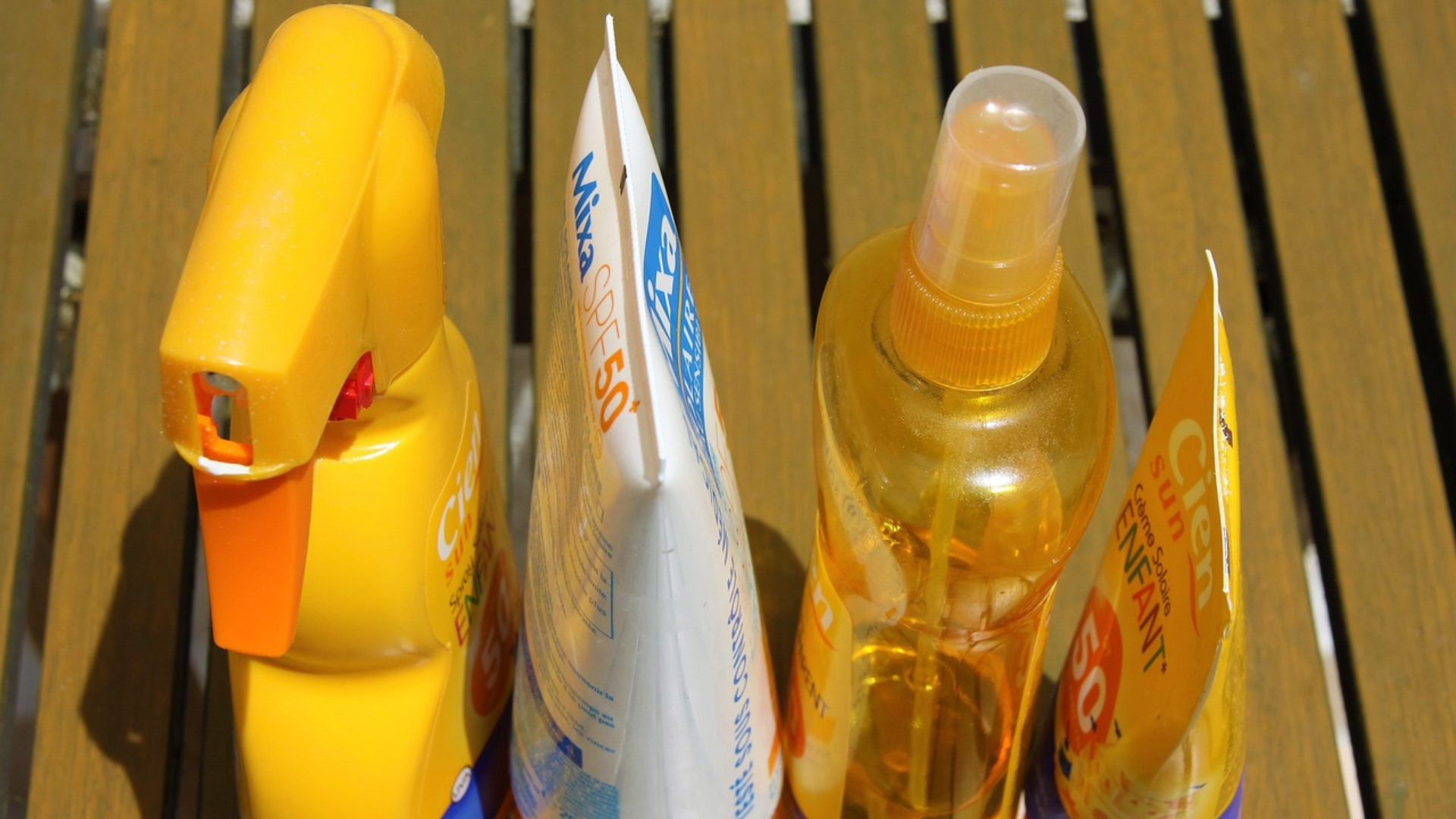Egyptians were the first to manufacture a type of sunscreen based on olive oil, but it was not until the end of the 19th century that scientific research on sun protection began.
After discovering different compounds that filtered ultraviolet radiation, the first sunscreen was finally marketed in 1928.
Since humans lost their hair and our skin was exposed to sunlight, we have had to protect ourselves, either by covering with clothing, using paints, or clay. Brief exposure to UV radiation has therapeutic effects because it promotes the production of vitamin D, but prolonged exposure can cause serious damage, such as skin aging, burns, or melanoma.
Today, there is increasing global awareness of the risks associated with sun exposure. Moreover, coastal and marine tourism is the fastest-growing sector of the global tourism industry. Consequently, sunscreen products increase in sales every year worldwide, especially in Western Mediterranean countries. Therefore, it is important to consider whether sunscreen has any environmental impact.

What are the components of sunscreen?
A sunscreen is any cosmetic product that contains in its formulation ultraviolet (UV) radiation filters that prevent or minimize the damage that light causes to human health. Therefore, the main components of sunscreens are UV filters.
There are two types of UV filters: organic and inorganic. Initially, only organic UV filters were used, but in 1993, the company L'Oreal patented for the first time the use of metal oxide nanoparticles. Currently, among inorganic filters, only titanium dioxide (TiO2) and zinc oxide (ZnO) are allowed.
Sunscreens usually contain one or more of these UV filters, as the combination improves protection by broadening the spectrum. Additionally, they usually also contain other components such as thickeners and emulsifiers, which improve the consistency of the cream.
Damage to marine life
Every year, 25,000 tons of sunscreen reach the oceans, as at least 25% of sunscreens applied to the skin end up in the ocean during recreational water activities.

Although there is still a lack of information on how the compounds in sunscreens impact the environment, there is already evidence that they accumulate in animals, causing various forms of damage.
A study published in 2020 by Journal of Environmental Management found UV filters in three species of fish off the coast of the Canary Islands. As with microplastics, these compounds can accumulate in the food we eat every day and reach our blood. These substances have even been found in wild bird eggs, meaning the mother has transferred the pollutant to her clutch.
Specifically, two-thirds of the 1,300 sunscreen products available on the market contain chemicals harmful to the environment. These are mainly organic UV filters, because they are substances that, due to their nature, easily accumulate in animal tissues. These can induce hormonal changes and even death.

The damage of inorganic UV filters has been less studied, but there are already indications that they interact with aquatic organisms in different ways:
TiO2 alters the cell growth of microalgae and produces high concentrations of hydrogen peroxide (H2O2) that causes damage to the cell membranes of microorganisms. It is also known to cause mortality in some animals such as shrimp and impairs the growth of sea urchins. In turn, ZnO kills zooplankton and causes the irreversible bleaching of corals.
What can we do?
In recent years, research into sunscreens with environmentally friendly formulations has increased, and the first products are already on the market. As consumers, we have the power to influence how things are done by supporting such initiatives.
Knowing the impact of a product by its ingredients is complicated. That is why initiatives such as the “Green Impact Index” are emerging, a classification from A to D on the social and environmental impact of cosmetic, health, and wellness products.







